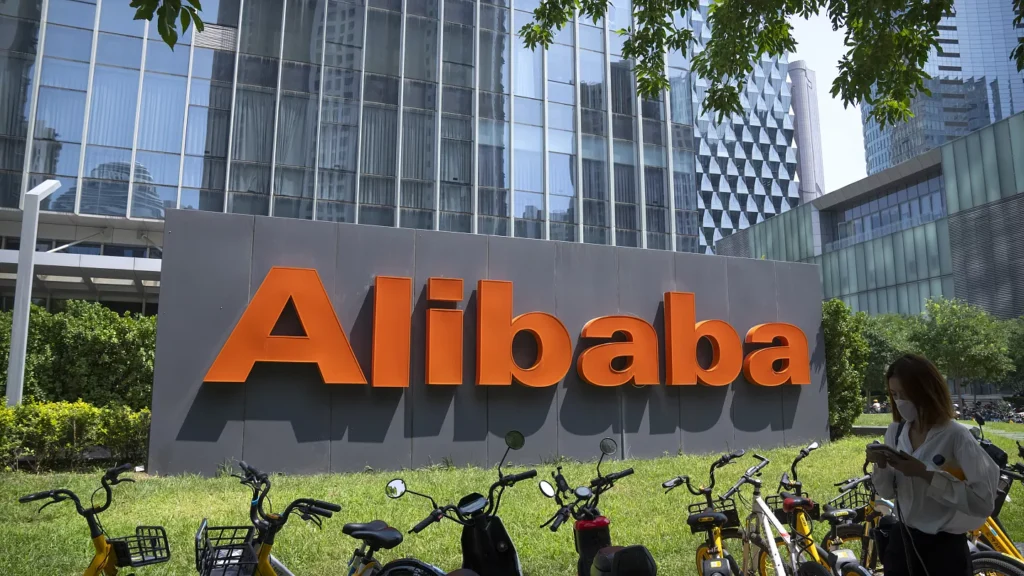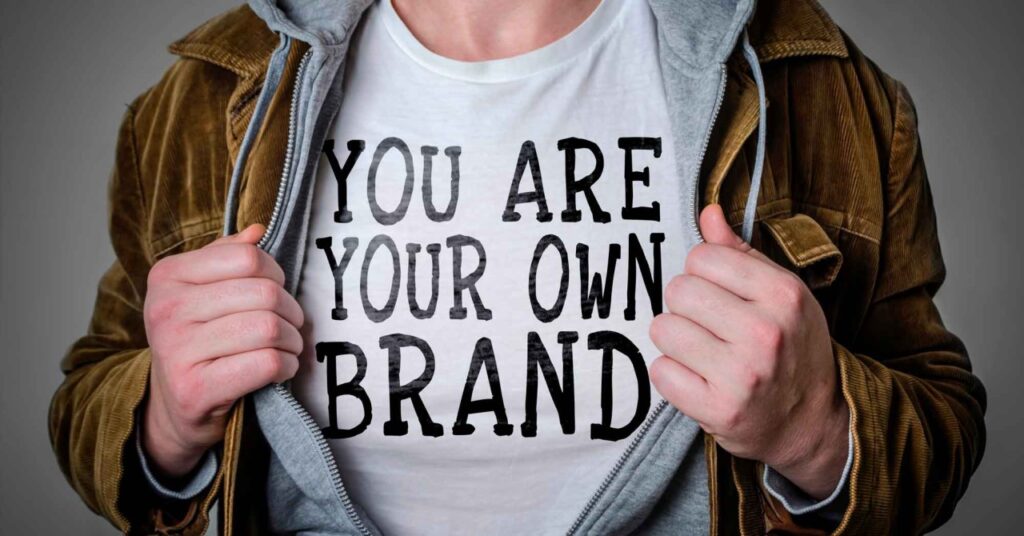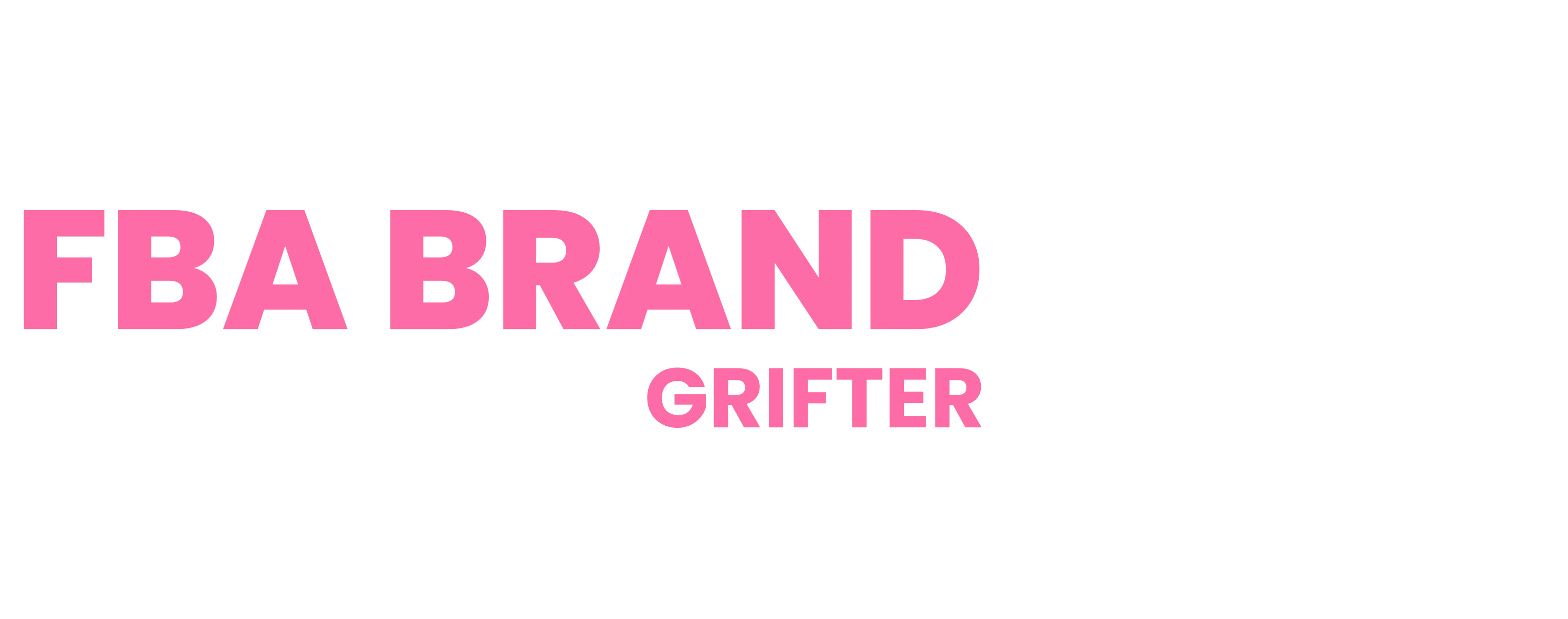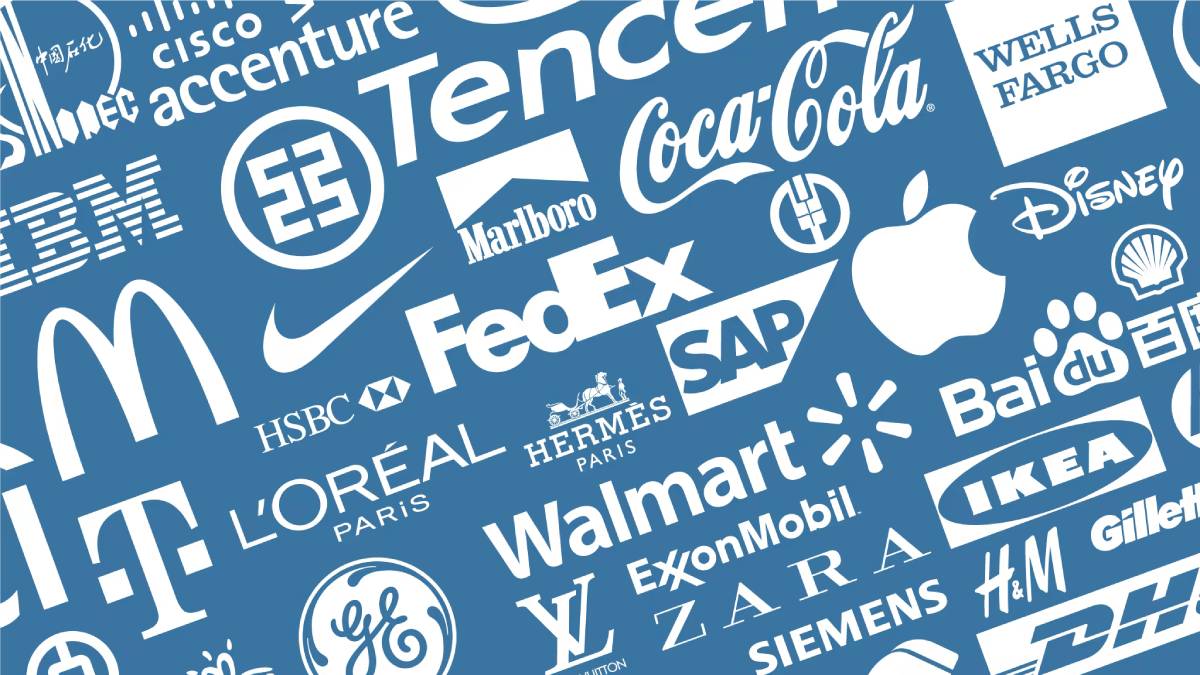Darren Campbell’s FBA Brand Builder program sells a dream to people who want to start an online business: create a "brand" on Amazon, watch the profits roll in, and, supposedly, end up with a valuable asset you can even sell someday. But when you dig a bit deeper, the reality of these “brands” doesn’t quite live up to the hype. Are these Amazon businesses really worth anything substantial?
Let’s break down what’s going on and why these brands might not be all they're cracked up to be.
1. Sourcing from Alibaba Isn’t Building a Unique Brand
Here’s the deal: Campbell’s program typically has clients buying generic products from sites like Alibaba, putting a custom logo on them, and then listing them on Amazon. The problem? These aren’t unique products. They’re items anyone can buy, slap a logo on, and call their own “brand.”
True branding, the kind that builds real value, goes way beyond logos and labels. It’s about offering something unique that competitors can’t easily replicate. Matt Johnson, author of Branding That Means Business, says it best: “Branding goes beyond a logo. It’s about building customer trust, loyalty, and recognition.” Simply reselling a generic product under a different name doesn’t get you there.

2. No Intellectual Property, No Proprietary Rights
Real brands often protect themselves with patents, trademarks, or some kind of proprietary edge. They make sure they have something unique that competitors can’t just copy. But in Campbell’s FBA program, clients aren’t developing any unique products. They’re not inventing anything new or securing patents; they’re just reselling pre-made goods that anyone else can also buy and sell.
Without some kind of intellectual property or unique product, these brands don’t stand out. They’re just another Amazon seller in a sea of similar products, and that doesn’t add much value in the long run.
3. Relying Solely on Amazon Is Risky
Here’s a big issue: Campbell’s model has clients relying entirely on Amazon for their sales. Sure, Amazon is a huge platform, but it’s also pretty volatile. Amazon’s policies, fees, and algorithms change all the time, and sellers are always at risk of account suspensions. If Amazon decides to shut down your account, that’s it—your business is effectively gone.
Valuable brands don’t put all their eggs in one basket. They have their own websites, social media presence, maybe even partnerships with other retailers. They diversify their sales channels. When you’re totally reliant on Amazon, you’re not running a business—you’re managing an Amazon listing. And if Amazon pulls the plug, your “brand” doesn’t have much left.
4. No Customer Loyalty or Real Recognition
A real brand is something people recognize and return to. Think of big names like Nike, Apple, or even smaller niche brands that have loyal customers. These companies have a strong connection with their customers, who come back because they trust the brand.
But with Campbell’s FBA model, there’s almost zero customer loyalty. The customers aren’t “your” customers—they’re Amazon’s. Amazon doesn’t allow sellers to really connect with buyers in any meaningful way. Without that direct relationship, there’s no loyalty and no emotional connection. You’re just another product on Amazon’s massive shelf.

5. Limited Control and No Diversity of Assets
A valuable brand has control over its product, quality, customer service, and how it’s presented. But when you’re just reselling products from a third-party supplier on Amazon, you have very little control. If the supplier raises prices, changes quality, or runs out of stock, your whole business is affected.
Real brands often build up diverse assets like proprietary processes, customer loyalty programs, and unique ways of connecting with customers. But with the FBA model, there’s none of that. It’s a single Amazon listing with no built-in loyalty, no uniqueness, and no real assets. That doesn’t add much value.
6. The Myth of Selling Your “Brand” for a Big Payout
One of the big selling points in Campbell’s pitch is the idea that you’ll be able to “sell your brand” for a lot of money someday. The reality? Buyers in the e-commerce world are smart, and they’re not about to overpay for a business with limited value.
When potential buyers look for businesses to acquire, they’re looking for unique products, intellectual property, strong customer loyalty, and diverse sales channels—all the things Campbell’s FBA brands lack. Just having a steady stream of Amazon sales doesn’t make a brand valuable. Without these key elements, it’s unlikely that a buyer would pay top dollar for something that could easily disappear if Amazon makes a change.

7. A Real Brand Has a Community, Not Just Customers
The best brands don’t just have customers; they have communities. Think of how Nike creates a culture around fitness and athletics, or how Apple fosters creativity and innovation. Real brands build a community that shares their values, their lifestyle, and their story.
But in Campbell’s model, it’s all about selling products, not building a connection. There’s no community engagement, no story, no shared values. Without that community and emotional connection, it’s hard to build anything lasting or truly valuable.
Building a Brand vs. Building an Amazon Listing
While Campbell’s program might help people make some money on Amazon, the idea that these are valuable “brands” is a stretch. True brand value comes from unique products, diversified assets, loyal customers, and a strong presence across multiple channels. Campbell’s clients aren’t really building that—they’re just managing Amazon listings.
So, are these businesses worth anything? By most serious business standards, probably not. They’re fragile, generic, and easily replaceable. While there might be some profit potential on Amazon, calling these “valuable brands” seems misleading at best.
The takeaway? Building a brand that’s truly worth something takes a lot more than listing a product on Amazon. It takes differentiation, strategy, and, above all, a genuine connection with customers. If you’re looking to build a real asset, be cautious of programs that promise “brands” without giving you the tools to actually create something lasting.
A Final Word for Those in Darren Campbell's Program—or Considering It
If you're on Darren's program or considering it, remember he’s positioning this as a brand you can build and sell for profit down the line. But true brand value isn’t just a repackaged product with a new logo on Amazon—it requires a solid following, unique identity, and actual demand.
Before buying into the promise, speak with brand and marketing experts to verify these claims. And here’s something to think about: if it were so easy to build and sell brands in the way he suggests, wouldn’t Darren have done it himself by now? Instead, he’s busy selling his "blueprint" and FBA training. That alone should make you question his claims.
For more information or to share your story, contact [email protected].

